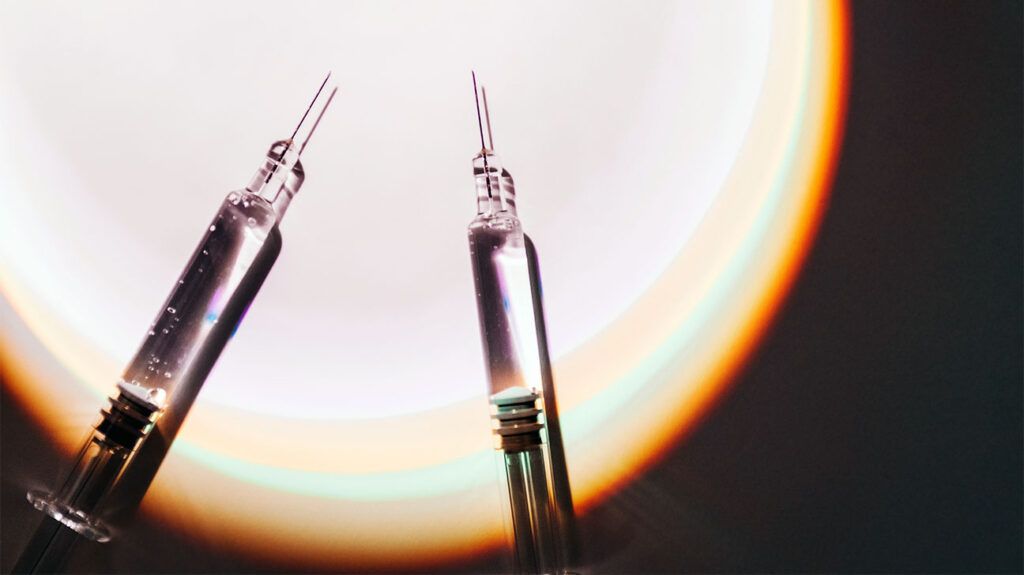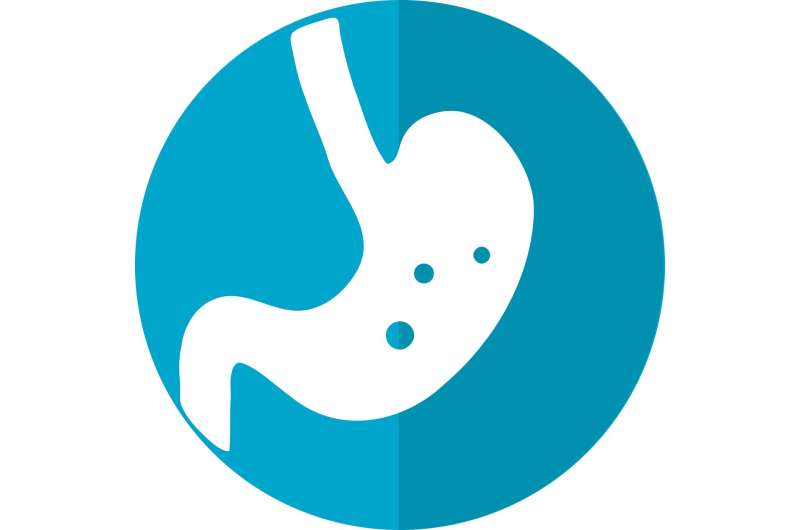Innovative Nonlinear Neural Network Model Sheds Light on How Fruit Flies Simplify Odor Information

A groundbreaking nonlinear neural network model developed by RIKEN researchers simulates how fruit fly brains simplify odor information. This biomimetic approach enhances understanding of neural plasticity and sensory processing.
Researchers from the RIKEN Center for Brain Science have developed a novel nonlinear neural network model that mimics the way fruit fly brains reduce the complexity of odor information. This innovative approach was inspired by the biological processes underlying sensory data processing in insects. The team utilized a modified version of the t-distributed stochastic neighbor embedding (t-SNE) algorithm, common in machine learning, but adapted it to reflect neural activity and plasticity seen in biological systems.
Traditional models used to understand brain functions often rely on linear assumptions, which limit their ability to accurately represent the brain's complex, nonlinear processing capabilities. In contrast, the new model incorporates nonlinear dynamics and dopamine-dependent Hebbian plasticity, the principle that neurons strengthen their connections when they fire together in the presence of dopamine. The model is structured with three layers, each representing different neuron groups in the fly brain, allowing it to emulate the biological process more precisely.
By applying this model, the researchers demonstrated that it effectively reproduces observed behaviors in fruit flies, such as how they associate specific smells with their preferences. This breakthrough not only provides a deeper understanding of sensory information processing in insects but also offers potential insights into similar mechanisms in the human brain. Ultimately, this research may contribute to advancing artificial neural networks and improving our grasp of neural computation and plasticity.
The study has been published in Science Advances, highlighting the significance of biomimetic approaches in neuroscience. The development of biologically plausible models like this could pave the way for new research into sensory perception, neural plasticity, and brain function across species.
Stay Updated with Mia's Feed
Get the latest health & wellness insights delivered straight to your inbox.
Related Articles
Innovative 3D-Printed Femur Mimics Strength of Natural Bone
Scientists have developed a 3D-printed femur segment that matches the strength and flexibility of real bone, opening new doors for surgical, educational, and biomechanical applications.
Experimental Injectable Drug Shows Promise in Treating Aggressive Breast and Skin Cancers
A new injectable immunotherapy drug shows promising results in shrinking aggressive breast and skin cancer tumors, marking a significant step forward in cancer treatment research.
Understanding the Increased Risks in Donor-Egg Pregnancies
Donor-egg pregnancies may pose higher risks of complications like pre-eclampsia and preterm birth. Learn about the potential health concerns associated with donor eggs and pregnancy outcomes.
How Frailty Contributes to Gut Imbalance and Post-Surgical Gastrointestinal Risks
Frail patients undergoing bladder cancer surgery are at increased risk of gastrointestinal complications due to gut microbial imbalance. New research highlights the importance of assessing frailty and gut microbiota to improve surgical outcomes.



